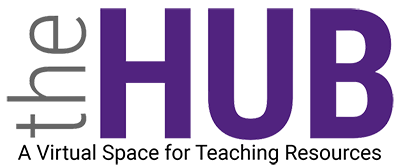Land acknowledgments have become a common practice recently, but efforts by institutions must look beyond written and oral land acknowledgments if they want to begin decolonization efforts. It is important to look to Indigenous communities to learn about other practices from which we can learn. The Talking Circle is one powerful practice we can adapt for classroom and community use.
What is a Talking Circle?
Talking Circles have existed in indigenous communities for thousands of years. The practice offers a safe space for sharing freely from the heart without judgment and is often used in communities that have faced collective trauma as a path to healing, as explained in this Kawerak Inc video about Talking Circles. In addition to addressing trauma, Talking Circles can be used for other purposes such as planning, problem-solving, conflict resolution, and sharing ideas. The practice uses a talking stick or other object (such as a rock, stick, feather, etc.), which is passed around the circle counterclockwise, giving each person a chance to speak uninterrupted while others listen. Only the person holding the object can speak.
How to Use Talking Circles in the Classroom
To use Talking Circles in the classroom or other community settings, first, acknowledge the origins of the Talking Circle as an indigenous practice passed down for generations. Here are a few ways one can incorporate Talking Circles in education to give everyone the opportunity to share their voice:
- Small group problem solving
- Brainstorming and promoting creativity
- Introducing new topics, particularly difficult ones
- Sharing input or feedback on policies or initiatives
- Building rapport and making connections in new groups
- Debriefing and reflecting after a presentation or program
Review the Talking Circle Classroom document from Heartland University for more ideas about using Talking Circles in education. For instructions on facilitating a Talking Circle, review Talking Circle: Fact Sheet developed by Learn Alberta in Canada.
MC recently hosted a Talking Circle led by artist and cultural strategist Jess McPherson of Susquehanna Indian, German, and Shawnee descent. The Talking Circle addressed ideas to support, recognize, and connect with the indigenous community at MC. You can read more about this event on Inside MC: Talking Circles and the Path to Honoring and Healing Indigenous Peoples.
